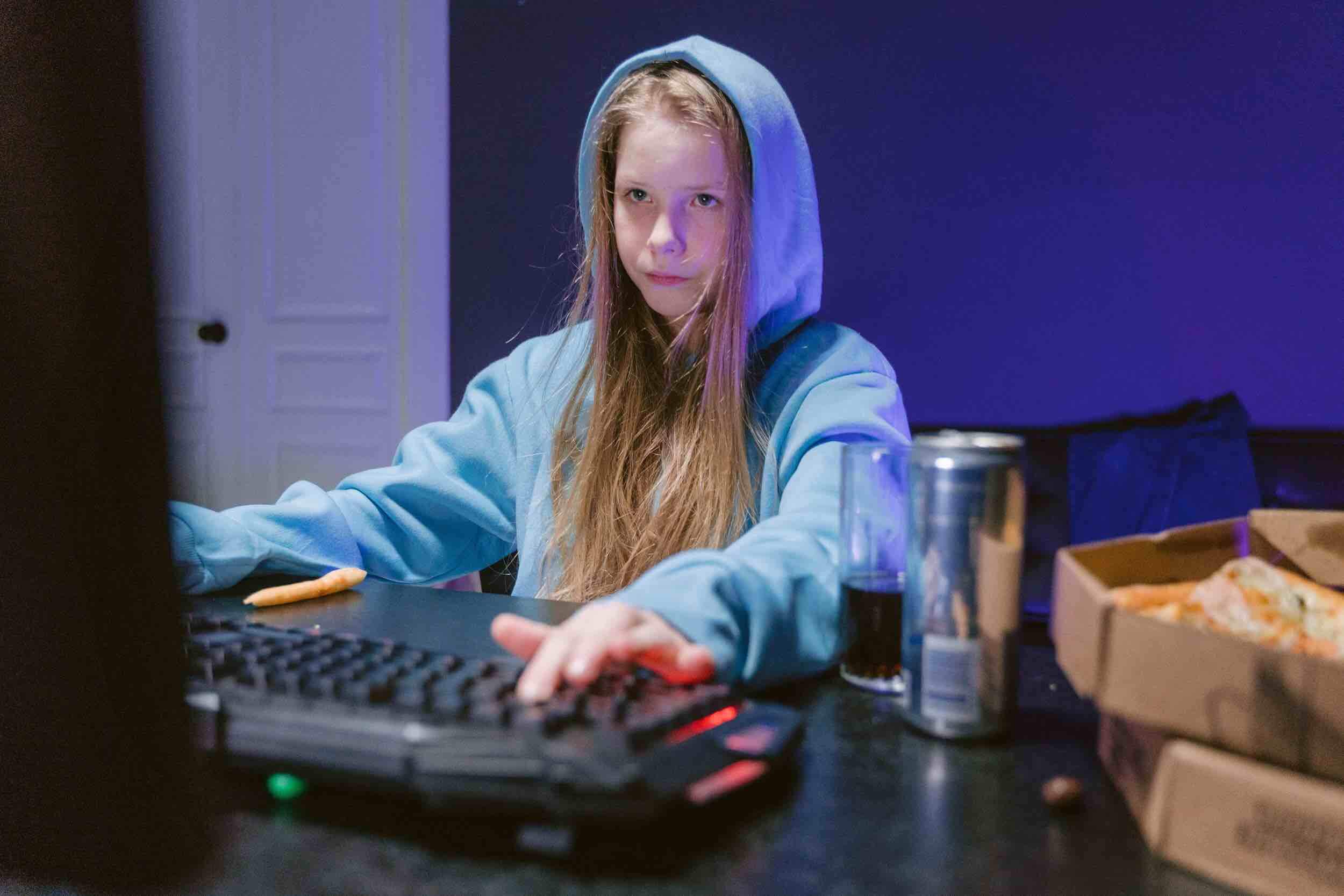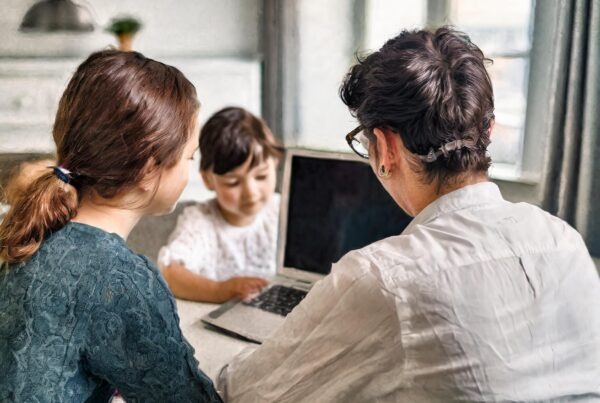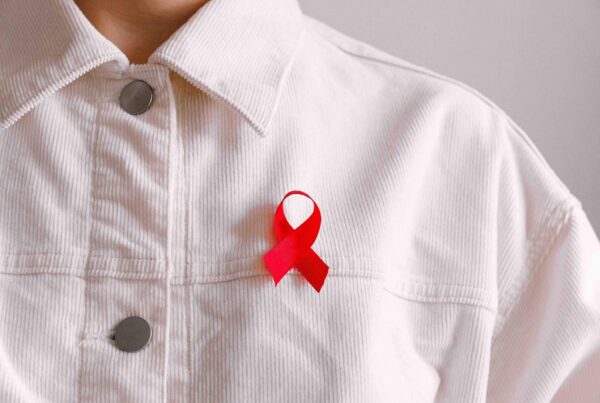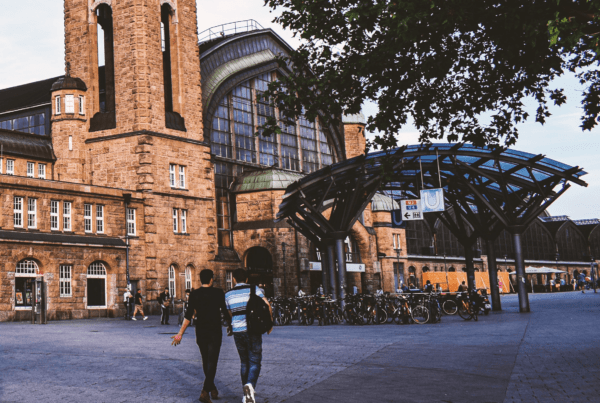After years of uncertainty about the future, to the cause of the coronavirus pandemic, the population faces the new challenge: resocializing.
Trigger warning: This article discusses difficult feelings and personal experiences that may trigger unpleasant memories or flashbacks for some readers. The text may cause you feelings of distress as it deals with issues such as mental health, harassment, experiences of discrimination, suicide, violence or other similar issues. For some people, these issues may provoke negative reactions. Please be mindful or do not read this text if this may be the case for you.
Coronavirus, the type of virus causing Covid-19 respiratory disease, or severe acute coronavirus2 respiratory syndrome (SARS-cov-2), appeared in China at the end of 2019, (so the number “19”, the year in which who detected the first onset of the disease) is highly contagious and for this reason spread rapidly among all countries. On March 11, 2020, the WHO (World Health Organization) classified, due to the strong resistance of the virus, as a pandemic, and decreed in this sense a warning of public calamity and urgency. The consequences of the pandemic were devastating.
How the prevention measures affect the mental health of people
The prevention measures that were taken at the beginning of the pandemic, such as the continued use of masks and social isolation, affected the way humans interact with each other. Studies indicate that reducing social interaction, for example, can directly affect brain cognitive function and increase levels of cortisol, a hormone linked to stress and anxiety.
An article by the European Neuropsychopharmacology emphasizes that stress and anxiety are normal reactions from social isolation and coronavirus disease. The reported symptoms are lack of concentration, irritability, insomnia, procrastination, and personal conflicts. With the flexibilities originating from vaccination, people’s daily lives begin to return to the “normal” state. Consequently, people who were previously in the home office were called to go to their company; the students returned to school and even the children began to attend daycare centers. This scenario forces people to adapt to a new reality, where encounters and interactions are no longer virtual, which can generate discomfort for a large part of the population.
How to get rid of discomfort at work
In some European countries, the implementation of the semi-attendance policy has been a commitment regarding the reintegration of employees into the company’s physical environment.
In an interview with WirHelfen.eu, Clément Gody, Capgemini’s former Logical Engineer, said that the semi-attendance regime in his company, allows creating cohesion in a team, to get out of your house. To him, teleworking allows having more time to either, “in my case, with my family who lives on the other side of France, it allows me to go there more than a weekend. Even if during the day I work, spending time with family in the evening is always a plus.”

When asked about his first impressions when returning to the workplace in face-to-face mode, one year later, he stated that this period of pandemic helps show how important socialization is in the workplace. “Initially, I was happy to return to the office, especially with my job change. It allowed me to meet my colleagues, my managers in person, to put a head-on. The problem with teleworking is that we communicate only to work. Unlike face-to-face, which allows us to get to know each other at lunchtime or coffee breaks. I think it’s super important for team cohesion.” This shows: Communication is a key to become more social.
Resocialization beyond the workplace
Not only in the sphere of work, the reinsertion in “real life” makes people look for alternatives to help with socialization, as collective activities that include groups of music, dance, in addition to the most common, as the group of collective sports.

A study of the sociology of sport points out that some psychological studies revealed the existence of socialization effects through sports participation. In addition, sports can be a great tool to get you out of your comfort zone, as well as bring benefits to your mental and physical health. Among the most sociable sports are Tennis, Badminton, Football and Martial Arts.
To help people deal with stress and anxiety, the World Health Organization has made available on its website a list of to-dos that can help reduce symptoms and go through this delicate period in an easier and more peaceful way. In addition, WirHelfen.eu offers free content that seeks to promote well-being and help them deal with various issues. Check here, the various contents available.
„Social Anxiety – How I got over it“
Get help if you have suicidal thoughts: If you are affected by suicidal tendencies, please get help immediately. You can find someone to talk to at the anonymous telephone counselling service 24/7. The German helpline: 0800/111 0 111 and 0800/111 0 222 or see www.telefonseelsorge.de.






